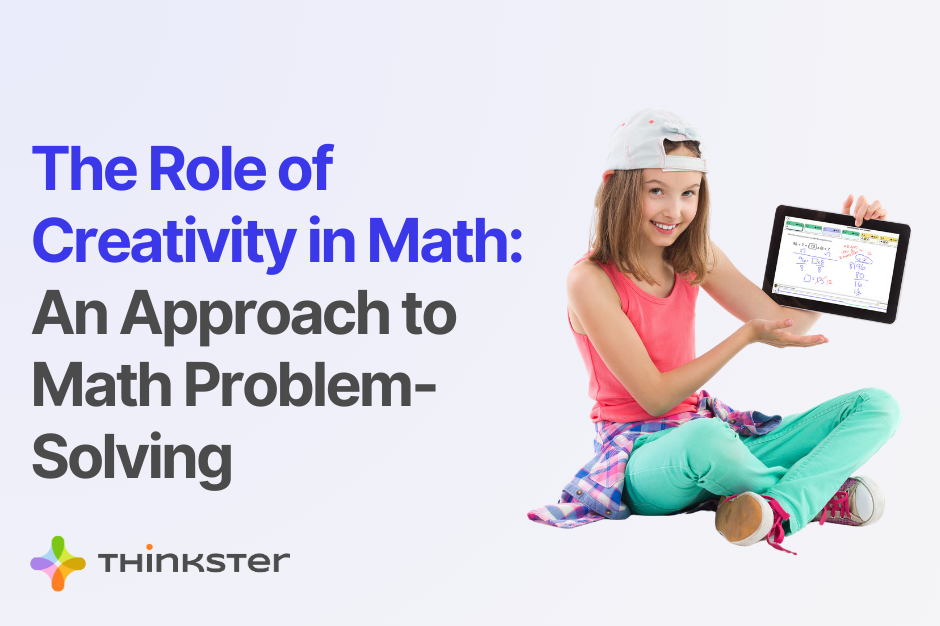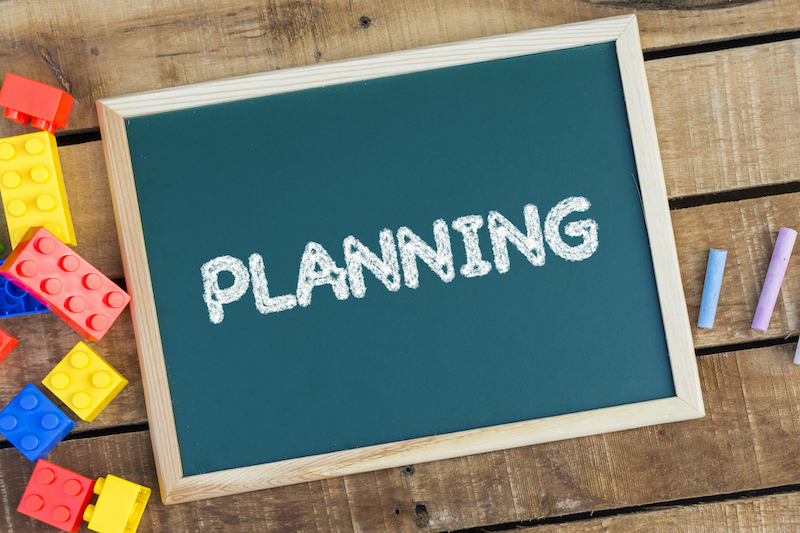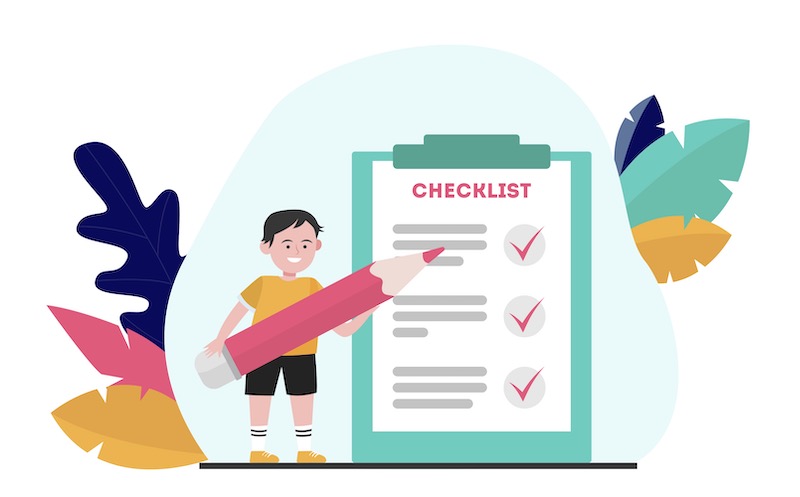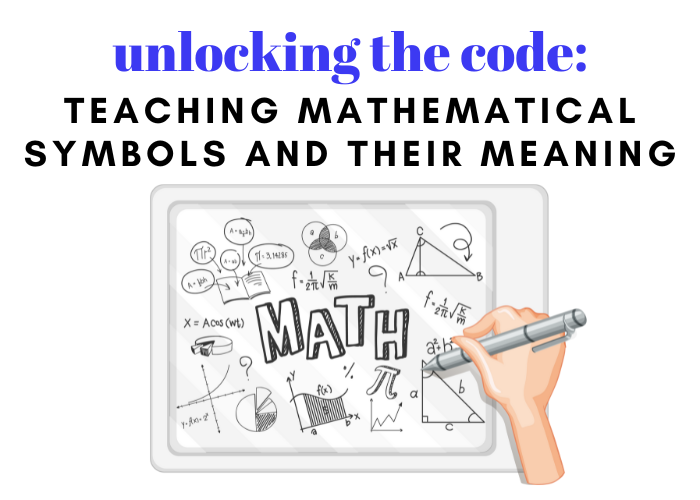

Last Updated on May 31, 2022 by Thinkster
You know the saying: “If you fail to plan, you plan to fail.” There’s a reason you might hear this mantra over and over. And it isn’t just because slogans have a knack for worming their way into our brains. It’s because we seldom experience any level of success by bumbling through life without any direction or planning skills.
That might work for a brief period—like when we’re college-age, trying to find our way in the world and discover who we really are.
Beyond that, though, we need a path. A goal. Something that keeps us moving forward.
Most people seem to understand this, and if you ask a large sampling of folks what they would like to achieve in life, their answers will vary:
But ask this same group if they’ve taken the time to map out how they plan to achieve these goals, you’re likely to get a lot of blank stares and shoulder shrugs.
That’s because it’s easy to have a goal. But developing a concrete plan to get from point A to Point B is an entirely different story.
Planning is a skill.
And as most successful people will probably tell you, it’s also the key to living a purposeful life filled with meaning, happiness, and fulfillment.
Not buying it?
Here’s a handful of recognizable names who credit much of their success and happiness to their planning skills:
That’s an impressive list.
And if there’s one common trait shared between all these people, it’s that they understand the value of strategizing. They know what they want and they always have a plan to get it.
They don’t just wing it.
They don’t let themselves get distracted by the next big thing.
They’re focused, determined, and disciplined.
Now, we’re not saying that a simple plan equates to billions of dollars or global fame. But it can make navigating the inevitable highs and lows of life a lot easier.
How?
By eliminating distractions. By reducing risks. And by helping you make better, well-informed decisions.
Wouldn’t it be powerful if we taught these essential planning skills to our children?
It’s a critical executive functioning skill and habit that we all, as parents, should prioritize and start teaching now.
Yet, for many children—adults, too—the development of practical planning skills doesn’t come easy.
Which makes sense when you stop to think about it.
Their days are hectic, racing from one place to the next. Their minds are overwhelmed by non-stop activity—both online and in the real world. And they rarely get a chance to slow down, breathe, and put some real thought into what they want, where they’re going, and how they’re going to get there.
But it doesn’t have to be that way. With your guidance, your kids can learn exactly what it takes to develop the habit of effective planning.
And we can help you kickstart the conversation.

There’s no denying the value of a solid game plan. And not just when it comes to long-term goals.
A plan for how you’ll manage the daily grind is also important.
It’s really the only way to keep up with everything life throws on your proverbial plate.
And that’s why the ability to strategize and tackle each day with mindful intention is so critical.
These skills inform your ability to identify and manage tasks—in the present moment and in the future—and analyze the steps you need to take to complete those tasks.
When we plan carefully, jobs go smoothly, allowing us more time for fun and play. Likewise, when we don’t have a plan, frustrations rise, tasks take longer, and we’re more likely to be overcome with anxiety.
But what does planning actually look like? And what are the more specific skills kids need to be successful in the practice?
We’ve done some digging, and there are four definitive abilities kids need to become expert planners.
Here’s what your kids need to know:
It’s difficult to know when you’ve arrived if you don’t know where you’re going. In turn, it’s difficult to get to your destination if you don’t know which roads to take.
We can’t emphasize the importance of knowing the difference between “means goals” and “end goals” enough. Sometimes, though, we confuse the two—and that takes us somewhere we don’t want to go.
So, what’s the difference?
Taking our “roads and destinations” metaphor one step further, think of your end goal as your final destination on the long road of life—comfortable retirement, perhaps—while means goals are the counties, towns, and cities you have to stop in before you reach the end of the road.
In other words, your end goal is the ultimate objective, and means goals are the steps you take to get there.
Here’s an example:
You get the picture.
The ability to identify an end goal is an essential prerequisite skill your kids will need before they can start mapping out their next steps.
Now how can you help?
One way to help your kids—or anyone—with this is to always ask why:
“I want to get an A in Math class.”
Why?
“Because I want to do well in school.”
Why?
“Because I want to go to a good college.”
Why?
“Because I want to expand my mind and challenge myself to always be better.”
That, right there, is the end goal.
It’s easy to get caught in all the minutia—the small details—of a plan. When this happens, it sends you down an endless rabbit hole of what-ifs. And the deeper that rabbit hole goes, the easier it becomes to lose sight of the big picture.
That’s because, when we focus only on the specifics of how to get something done rather than the ‘what’ and the ‘why,’ we can get bogged down in frustration.
Before your children can even begin to formulate an effective plan, they need to understand the fundamental difference between minor details and the main idea or central concept. They need to know what’s important. And they need to know how to keep their eye on the ball.
Once the big picture is clear and they know what they’re working towards, your kids can shift attention to the smaller steps they need to take to be successful.
Checklists will be any kid’s best friend as they attempt to achieve their goals. Just one cursory Google search will lead you to hundreds of articles citing the value of using checklists to accomplish goals in business and personal endeavors.
That’s because, while simple, they’re also highly effective tools.
They help eliminate distractions. They provide motivation. They keep us organized. And they save us both time and brainpower.
Yet, despite their simplicity and reliability, many struggle to create checklists and use them functionally.

Resilience in the face of adversity is critical. In the game of life, things rarely go according to plan, so we all need to know how to adapt. Flexibility and finding ways to keep moving forward when we crash face-first into one of those inevitable roadblocks shows advanced planning skills.
Hit a wall? Climb over it.
Stumble and fall in the dirt? Get up, dust off, and keep moving.
If kids can learn to pivot rather than get bogged down by missteps, small failures, or surprise obstacles, it’ll go a long way in improving success at home, school, and work.

Now you understand the benefits of knowing how to formulate a plan. You know what skills are needed to be an effective planner. And you’re ready to start teaching your kids how to set goals, put a plan into action, and watch them turn all their hopes and dreams into reality.
It’s tough to do. And there’s no definitive, tried-and-true method for teaching this specific skill.
But there are ways to encourage your kids to embrace planning as a life-long habit.
Anxious to know how to start the conversation?
Let’s get to planning.
After scouring the vast reaches of the internet, we found that only 8% of people achieve their goals. Pretty mind-blowing, right? This is why teaching children to set effective goals while they’re still young can play a significant role in their success as they age.
What’s more, the future is a bit like the Wild West—the world is in a weird place right now, and we have no idea what the job market will look like, so learning how to set goals just might give them a bit of an edge.
We’re not just talking about any old goals, though. We’re talking about SMART goals.
SMART goals are Specific, Measurable, Achievable, Relevant, and Time-Bound. And they can be used for any kind of goal, from developing concrete social skills as a child to starting a successful business as an adult—and everything in between.
Specific: Help your child be clear as possible when determining what they want to achieve.
Measurable: Make sure your kids have a system in place to track progress.
Achievable: Setting unrealistic goals just leads to frustration. Help your kids succeed by setting goals that fall well within their capabilities.
Relevant: Set each and every goal with the end goal in mind.
Time-Bound: Set deadlines to help your kids stay motivated and track their progress.
Planning and preparation are valuable life skills that even some adults haven’t developed yet.
For many, the greatest challenge isn’t formulating a plan of action—it’s trying to do too much at once.
It muddies the waters.
And when we try to do too much, we fail to do things right. That’s why learning how to prioritize is more than just a little important.
Teach your kids to tackle each task—one at a time—in the order of most important to least important.
There’s something about the feeling you get when you cross an item off your to-do list. It’s incredibly satisfying. But it’s not just about the thrill of getting something done. It’s about science.
Research supports that checklists, calendars, and reminders help us all use executive functioning and planning skills more effectively.
So, as you work with your kids, teaching them various planning skills, you’ll want to experiment with visuals.
Put goals in writing, sketch out reminders on post-it notes, and mark your calendars.
These visual aids may not always get used, but they’re powerful tools that can help bridge the gap from where your children are to where they want to be.
When it comes to effective planning, never underestimate the power of positivity.
It’s like a literal superpower.
And the reality is that putting plans in motion can be challenging on a variety of levels. Your kids are bound to hit a few bumps in the road, so it’s important to help them focus on the progress they’ve made—particularly when things get hard.
Your emphasis on the positive will help your kids in a number of ways:
So always celebrate the wins—big and small. Embracing the euphoria of success can be deeply motivating when things don’t go the way you all envisioned.



